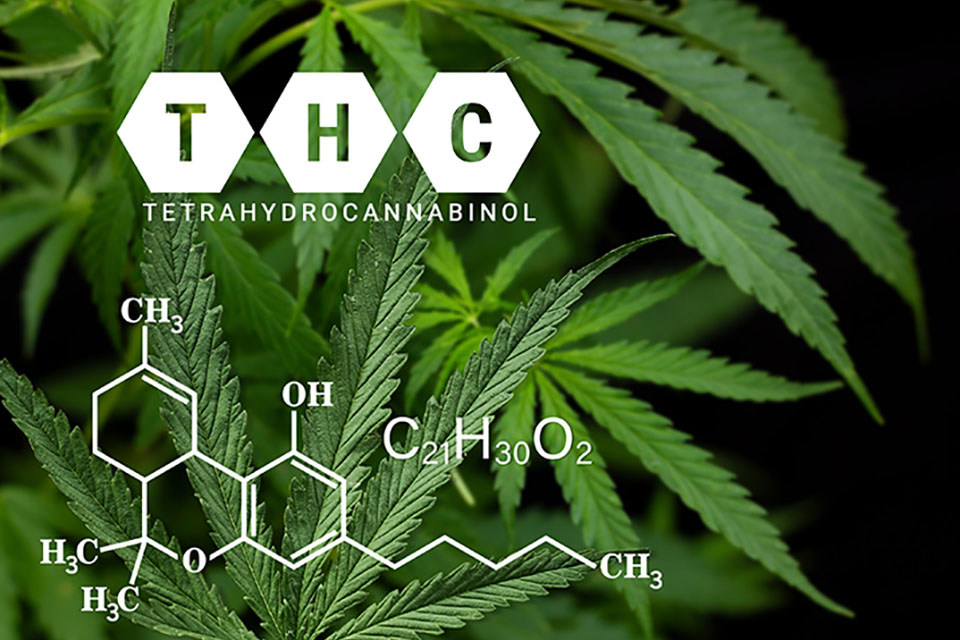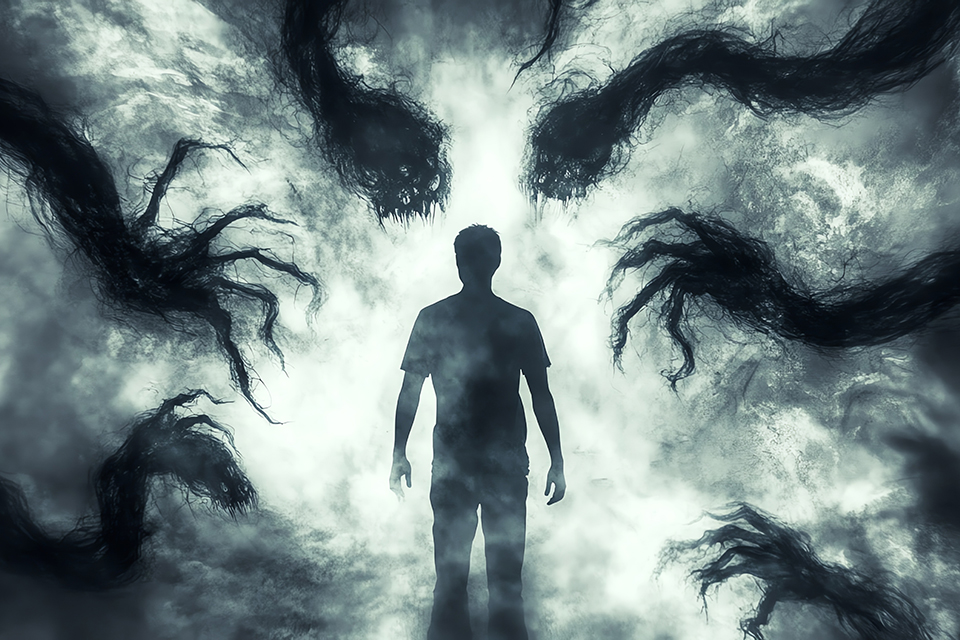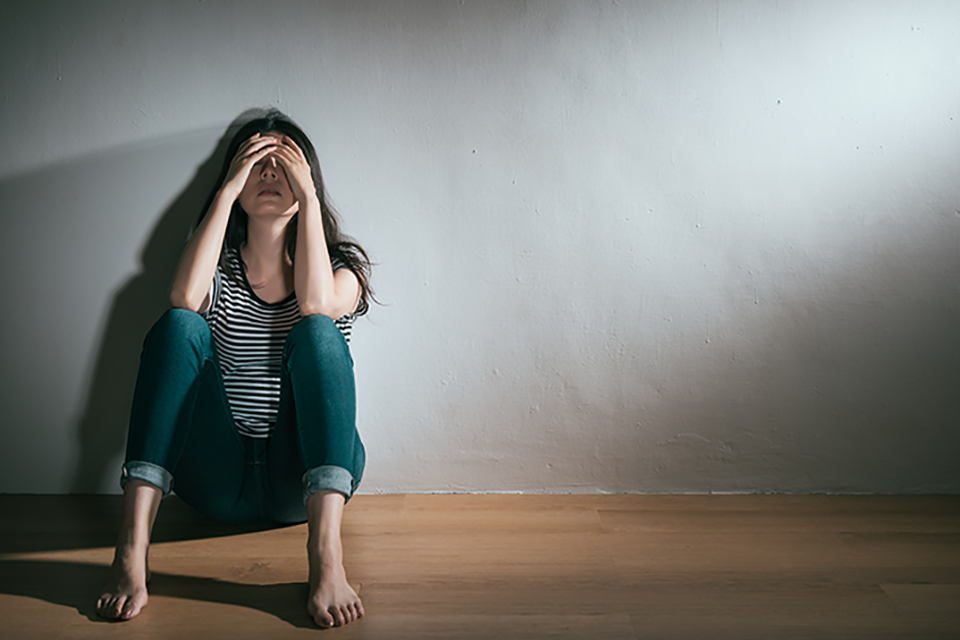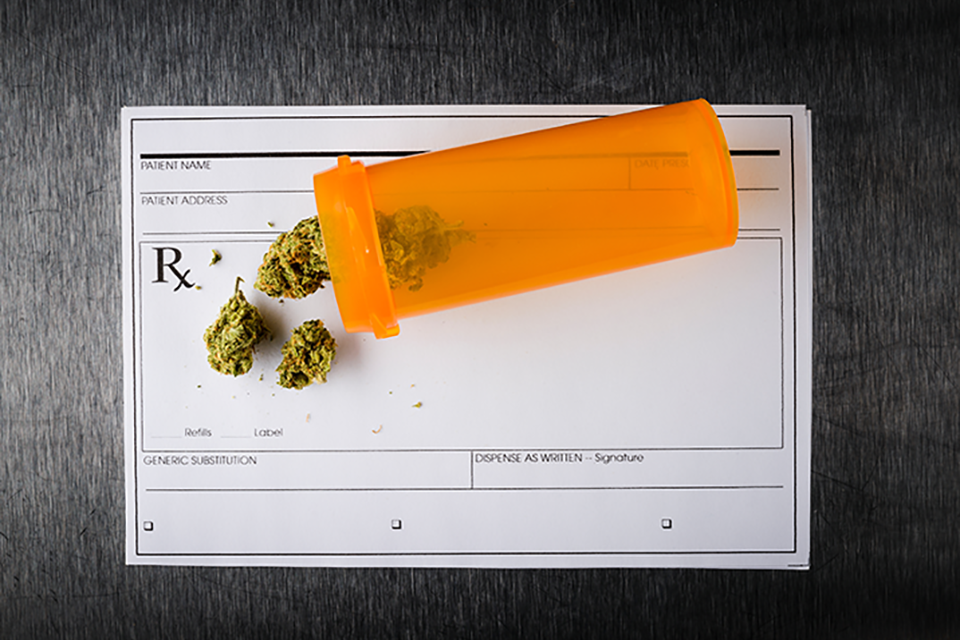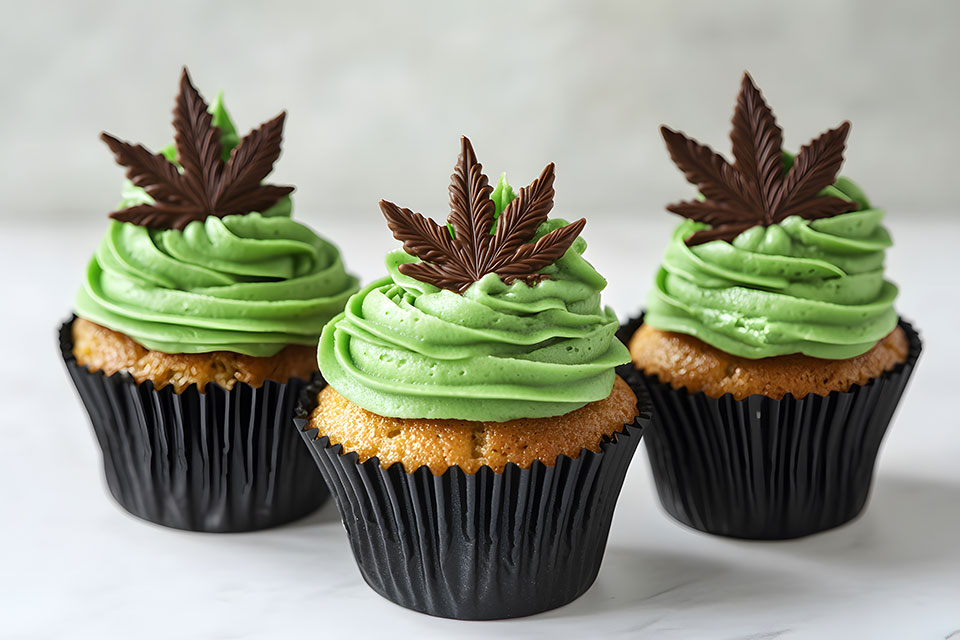
Cannabis consumption methods are evolving. While smoking remains popular, many wonder, “Does eating cannabis have a stronger effect than smoking it?” Learn why edibles can lead to more potent impacts, uncovering how the body’s metabolic response differs with these two consumption methods. Whether you’re experienced or new to edibles, comprehending these differences can guide your choices.
The Differences in Consumption Methods
Smoking and eating are two popular ways to consume cannabis, each offering unique experiences. When smoking, THC and other cannabinoids quickly enter the bloodstream through the lungs, leading to effects that are felt within minutes. This rapid onset allows users to manage their dosage easily.
Eating cannabis, however, involves a more intricate process. Edibles are digested in the stomach and then metabolized by the liver, resulting in a slower absorption rate. This delay means the effects take longer to kick in, but they are often more intense due to the way THC is processed in the body. Recognizing these differences helps users decide which method best fits their preferences and needs.
The Science Behind Cannabis Metabolism
When cannabis is consumed through smoking, the THC bypasses the digestive system and is absorbed directly into the bloodstream via the lungs. This results in a quick but relatively short-lived high, as the THC is rapidly distributed throughout the body and then metabolized. The effects are typically noticeable within minutes, allowing users to gauge their level of intoxication and adjust their intake accordingly. This method of consumption is often preferred for its immediacy and ease of dosage control.
Edibles, however, take a different path. After consumption, they pass through the digestive system, where the liver comes into the equation. Here, THC is transformed into 11-hydroxy-THC, a more potent compound with a longer-lasting impact. This metabolite crosses the blood-brain barrier more effectively, intensifying the psychoactive experience and prolonging its duration.
Duration and Intensity of Effects
Cannabis affects the body differently depending on whether it’s smoked or eaten, and this impacts both how long and how intensely the effects are felt. Smoking cannabis delivers a quick high, with effects kicking in within minutes and peaking in about half an hour. This high usually fades after a few hours.
In contrast, when cannabis is ingested, the process is more complex and significantly impacts the potency and duration of the effects. Once consumed, the cannabis must first pass through the digestive system, where it is absorbed into the bloodstream. The liver then converts THC into 11-hydroxy-THC, a metabolite that is more potent and crosses the blood-brain barrier more effectively than THC itself.
This conversion results in a more intense and prolonged high, which can be surprising for those accustomed to the effects of smoking cannabis. It can take longer to kick in—anywhere from 30 minutes to two hours—because of the need to be digested and metabolized by the liver. Once they take effect, the high is often more intense and can last much longer, sometimes up to eight hours or more. For those new to edibles, be aware of this delayed onset to avoid taking too much too soon, and knowing how edibles work can help users manage their experience and prevent any unwanted surprises.
Factors Influencing the Strength of Edible Cannabis
The potency of edible cannabis can vary based on several factors. Dosage is a primary element; edibles often pack more THC than what’s typically inhaled through smoking, so starting with a low dose is wise, particularly for beginners.
Metabolism also matters. People process edibles differently, with some feeling the effects sooner or more intensely due to their metabolic rate. Tolerance, shaped by past cannabis use, further influences how edibles affect an individual.
Patience is paramount when consuming edibles. The effects can be unpredictable, so it’s best to wait for them to fully develop before considering more. This approach helps ensure a safer, more enjoyable experience.
Potential Risks and Considerations
Edibles offer a potent, long-lasting experience but come with risks, particularly overconsumption. The delayed onset can lead users to take more, mistakenly resulting in an overwhelming high.
To avoid this, consume edibles responsibly. Start with a small amount and wait at least two hours to assess the effects. It’s also smart to enjoy edibles in a familiar setting, especially for newcomers.
Be aware of local cannabis laws, as regulations differ across the USA and Canada. Recognizing these rules promotes safe and legal consumption.
Be Mindful to Ensure Safe Cannabis Consumption
Eating cannabis often results in a stronger effect than smoking, thanks to the body’s metabolic processes. THC is transformed into a more potent form when ingested, leading to a longer, more intense high. While appealing, always approach edibles with caution.
By considering dosage, metabolism, and tolerance, users can better manage their experience. Being mindful of potential risks and following safety tips enhances the enjoyment and safety of consuming cannabis edibles. As edibles gain popularity, understanding these factors helps cannabis users make informed choices, leading to a more satisfying and responsible experience.
